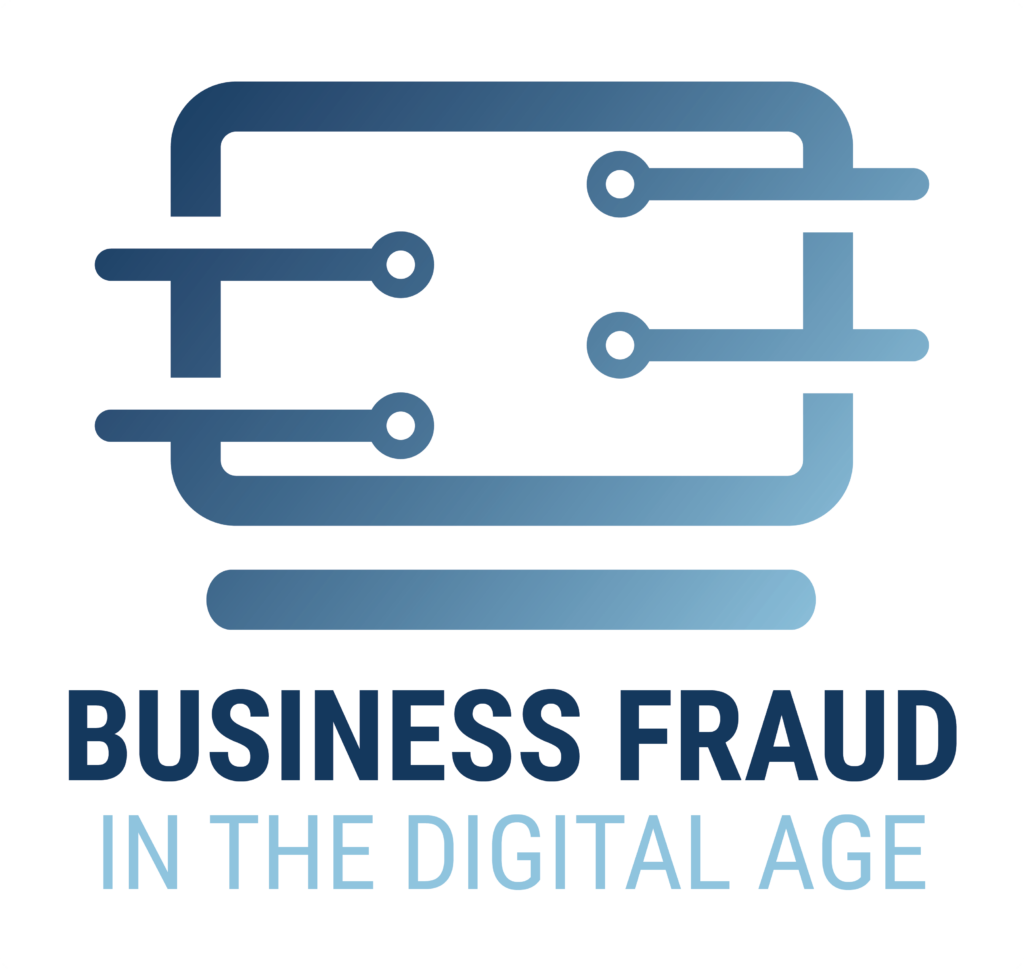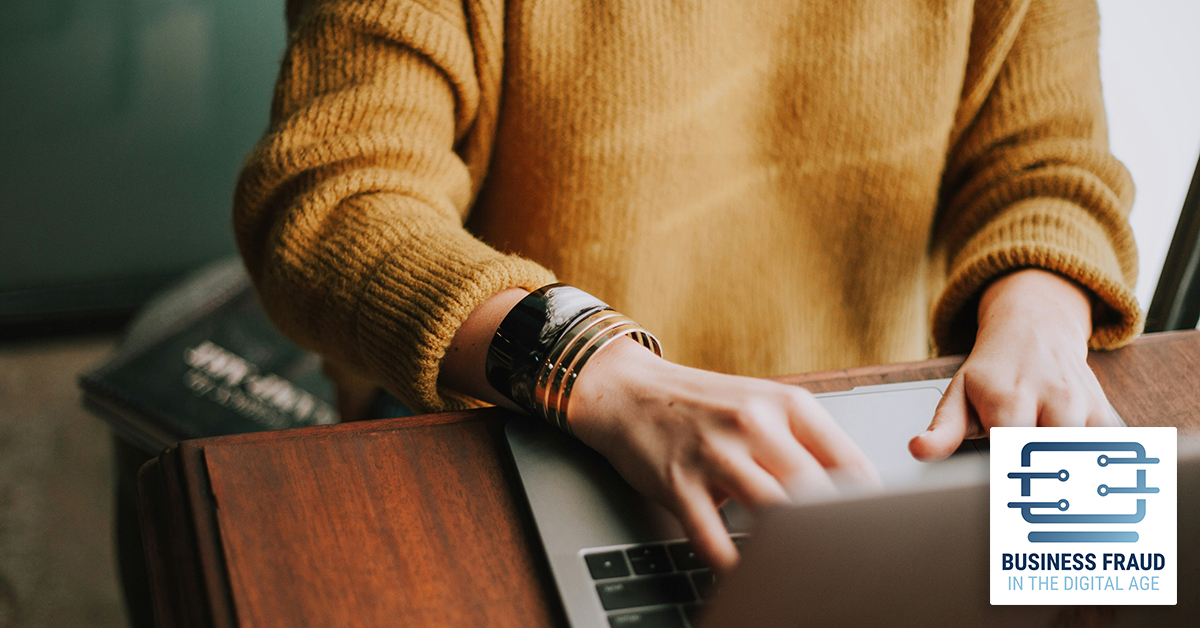BUSINESS FRAUD IN THE DIGITAL AGE: PART 4
One of the most effective banking controls to protect against fraud is positive pay. Here, we’ll provide a primer on what it is and how it works.
What Is Positive Pay?
The term positive pay refers to an automated cash-management service used by financial institutions to deter check fraud. Banks use positive pay to match checks issued by companies with those they present for payment. Suspicious checks are returned to their issuer for examination.
The system acts as a form of insurance against fraud, losses, and other liabilities to the bank. There is a charge incurred for using the positive pay system, although some banks now offer the service for a reduced fee or free. Key Positive Pay Aspects include:
- Positive pay is a system for preventing check fraud that most commercial banks offer to their business clients.
- Identity thieves and fraudsters often try to create and cash counterfeit checks.
- Companies usually provide a bank with a list of the check number, dollar amount, and account number of each check.
- The bank compares the list to the actual checks, flags any that do not match, and notifies the company.
- The company then tells the bank whether to cash the check.
How Does Positive Pay Work?
Positive pay is a service provided by financial institutions to their customers. Clients enrolled in the program have special fraud detection services to protect their accounts. The system matches the date, check number, dollar amount, and account number of each check presented against a list provided by the company to protect against forged, altered, and counterfeit checks.
The payee should be included on the list of checks. If these do not match, the bank will not clear the check. When security checks are not implemented, identity thieves and fraudsters can create counterfeit checks that may be honored. When the information doesn’t match the check, the bank notifies the customer through an exception report, withholding payment until the company advises the bank to either accept or reject the check. The bank can also flag the check, notify a representative at the company, and seek permission to clear the check.

ABOUT THIS SERIES
This article is part of a six-part series on business fraud in the digital age. If you need more information about any of the information in this series, please contact us for more information.



